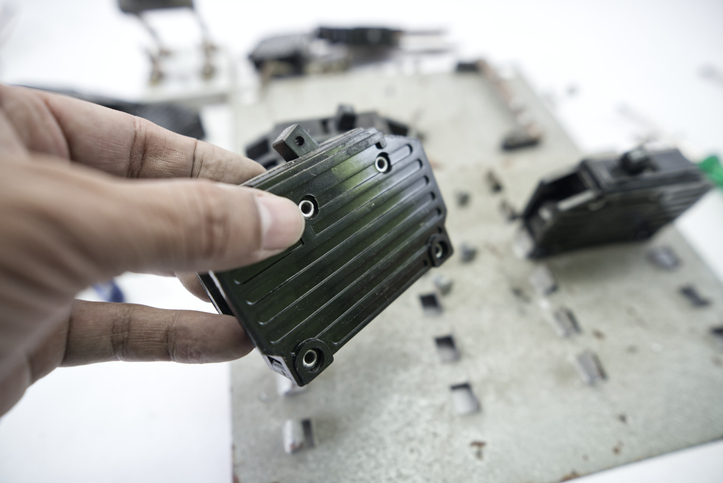The Basics of Micro Insert Molding: Applications, Materials, and More
As industries continue to demand smaller, lighter, and stronger parts, powerful manufacturing processes have come to the forefront. One of those manufacturing processes is micro insert molding. This method combines metal inserts with thermoplastic materials during the molding stage. The result is a single, durable component that’s ready for use. The process eliminates secondary operations and delivers parts with precision and durability.
If you’re not sure if micro insert molding is for you, you’re not alone. Below, we’re highlighting what you need to know to make an informed decision. Let’s dive in.
Applications or Micro Insert Molding
Micro insert molding is used in industries where precision and performance are crucial. It may be used in medical device manufacturing, for example. This process can ensure biocompatibility when medical-grade plastics are combined with metal inserts. The electronics industry also relies on this manufacturing method. It’s common in connectors, sensors, switches, and more.
The automotive industry also uses micro insert molding. Businesses may use it to create sensors, electronic control modules, and more. Lastly, the aerospace and defense industry favors this method for connectors, sensor housings, and other components.
Of course, this is not an exhaustive list of all the industries that use micro insert molding. If you have questions about how it can be used for your industry, contact us today.
Materials Used
This kind of molding process often uses a silicone mix. High-consistency rubber (HCR) has been a popular favorite for years. It’s a durable material that can withstand great temperature swings. Additionally, this elastomer has great aging resistance.
However, liquid silicone rubber (LSR) has replaced HCR in many areas. LSRs have similar durability, but they are more viscous, meaning they flow more easily. This makes LSRs more readily processable through injection molding.
Advantages of Micro Insert Molding
Micro insert molding offers a range of advantages to businesses. First, it delivers parts with high precision and repeatability. Manufacturers can produce complex shapes within exact tolerances, ensuring every part performs the same way.
It also reduces assembly steps and costs. Combining plastic and inserts in one process reduces labor and the risk of defects. Finally, plastic molded around the insert protects it from wear and creates a longer-lasting product.
Challenges and Considerations
While the benefits are clear, micro insert molding does come with challenges. It’s crucial to have precision tooling. Even a small variation in design or alignment can affect the finished product. Early collaboration between designers, engineers, and molders is also critical. When all stakeholders work together from the start, inserts and materials can be optimized for the best results.
Work with Moldtech for Your Micro Insert Molding Needs
If you’re exploring rubber molding companies for your next project, turn to Moldtech. For decades, we’ve been providing complex, highly engineered parts through quality rubber injection molding services.
Located in Lancaster, NY, we’re a vertically integrated manufacturer with close to 50,000 square feet of production space. Our facilities also include clean room and climate-controlled workspaces for critical components. We work in three shifts, 24 hours a day, five days a week, to ensure optimal production. Whether you need a high-volume production run or a quick-turn prototype, we’re here to deliver.
Our parts are trusted by some of the biggest companies in the world. We’re proud to support customers like Boeing, Bosch, Johnson & Johnson, the U.S. military, and more. We’re standing by to help you with your next project. Contact us to get started.

